The Before and After of a Restored 1964 Barbie
The hair was always the first thing to go.
For most little girls born between 1950 and now Barbie dolls have played a role in their lives. Each year Mattel puts out different styles of Barbie dolls and they have changed a lot over the years since the poodle-haired doll in the striped bathing suit first premiered in 1959. This iconic doll was truly a fashion doll as she reflected some of the most popular styles of hair and clothing. But, sadly many of the features don’t hold up well over time, especially if a child has played with the doll. So, it’s interesting to see how doll restorers tackle the job of restoring an early Barbie doll.
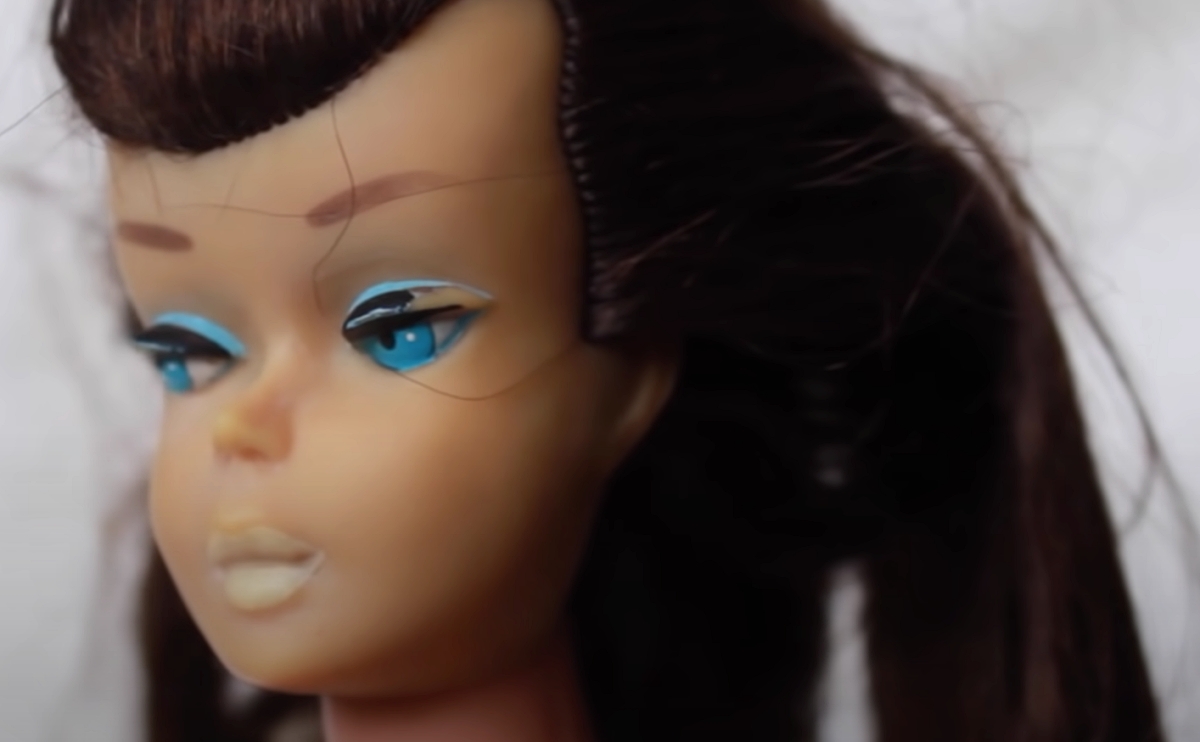
These ponytail dolls came with their hair set and pulled back. Later versions of this style of Barbie kept the facial structure but had a more modern hair do with side-swept bangs. Mattel made the ponytail Barbies from 1959 until 1964, at which point different types of hairstyles were released. These dolls are rare today and even damaged ones can sell for hundreds of dollars.
As anyone who has played with dolls can tell you the hair is usually the first thing to go. Like any doll Barbies can degrade over time and the hair is often the biggest problem. The synthetic hair is prone to fraying or loosening from the head of the doll with repeated brushings and washings.
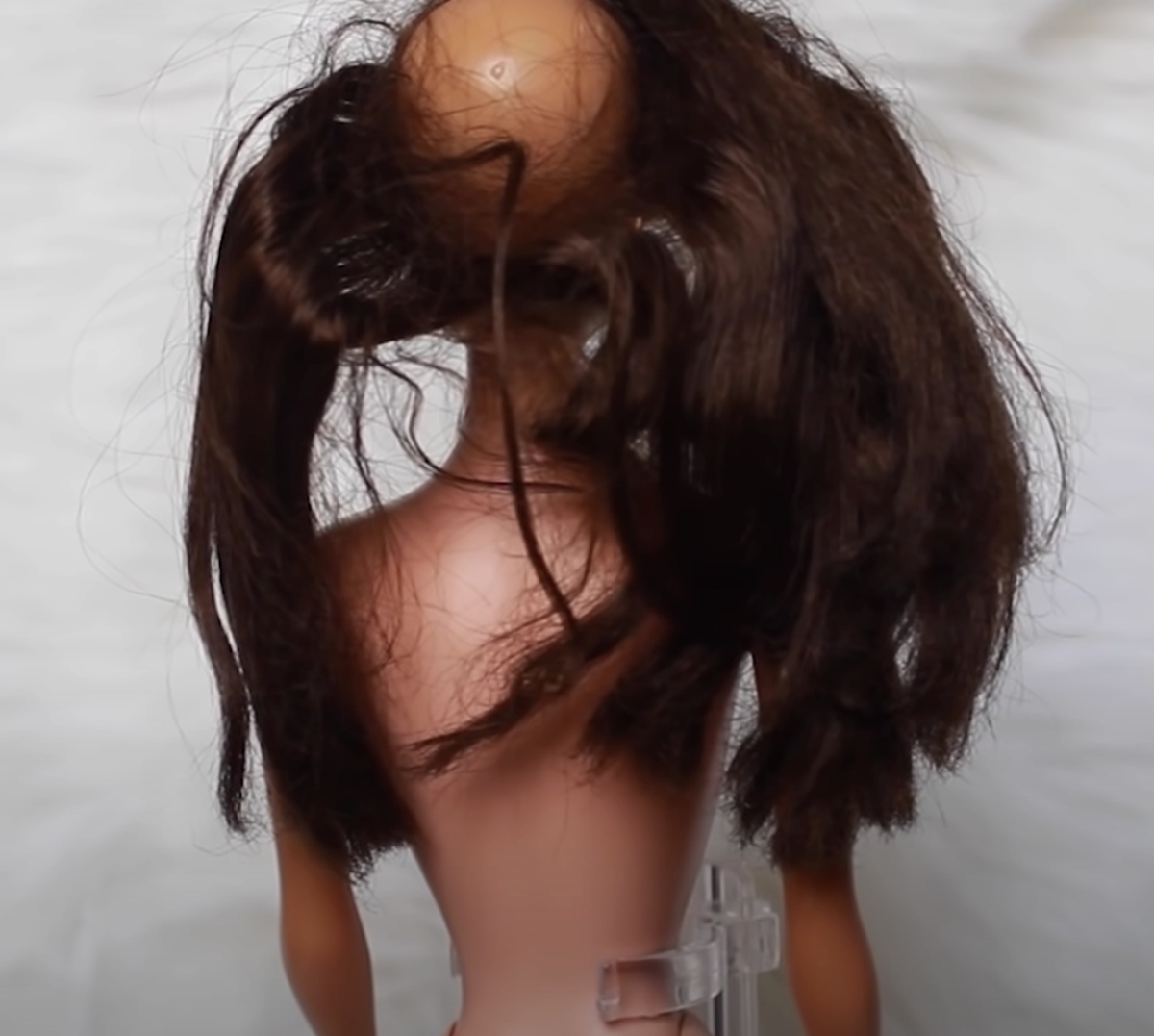
In addition the paint used for the facial features and nails wasn’t always stable. Another problem with early Barbies was that the vinyl heads can sometimes turn a greenish color- and her arms and legs can turn a different color to her torso as well. Depending on how a doll has been handled over the years it can take some restoration to get the doll looking like she did when she came out of the box. The YouTune channel, Doe Deer Wonderland, is all about restoring dolls. And, you can see the step-by-step of the process of restoring a Barbie from this channel in the video below.
First the doll is cleansed and then fabric softener is used to help detangle the synthetic hair. After that new hanks of nylon hair are re-rooted into the head using a special tool.
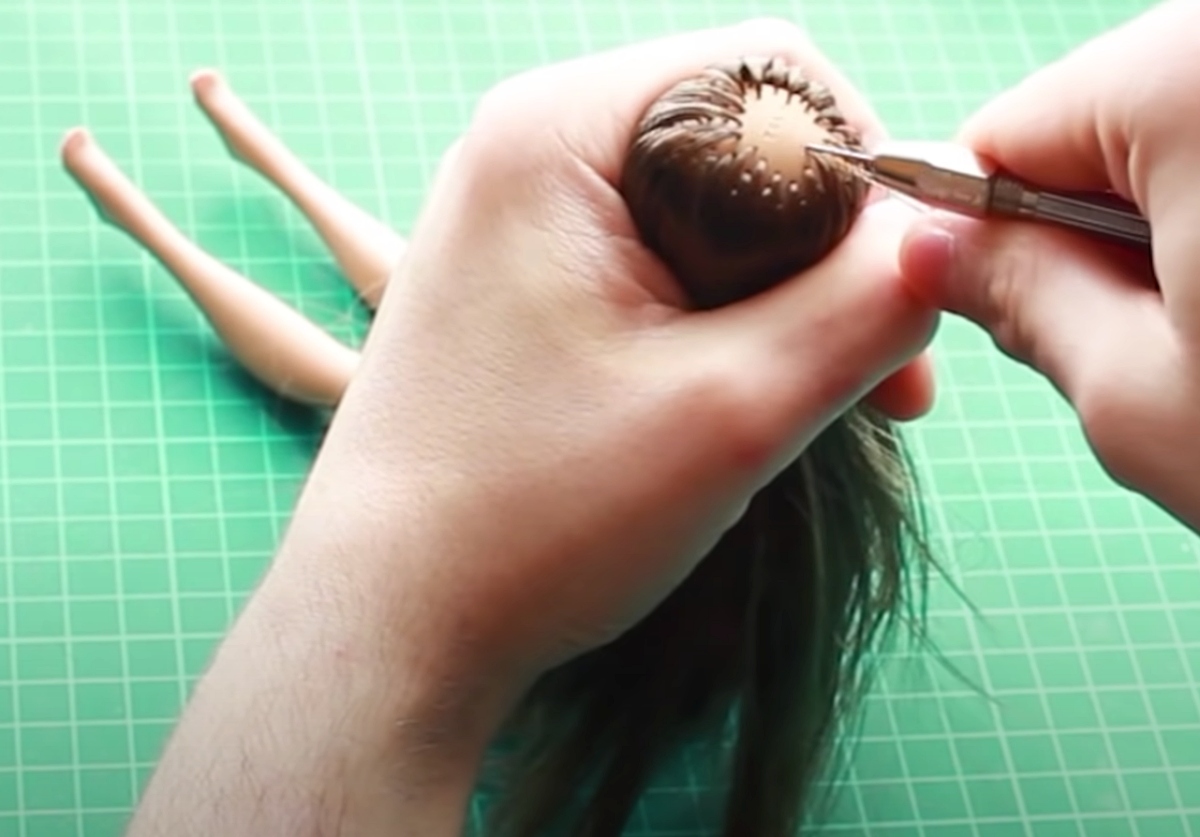
If you ever wondered how the hair is kept in place the answer is glue, which is applied through the neck hole to the inside of the vinyl head.
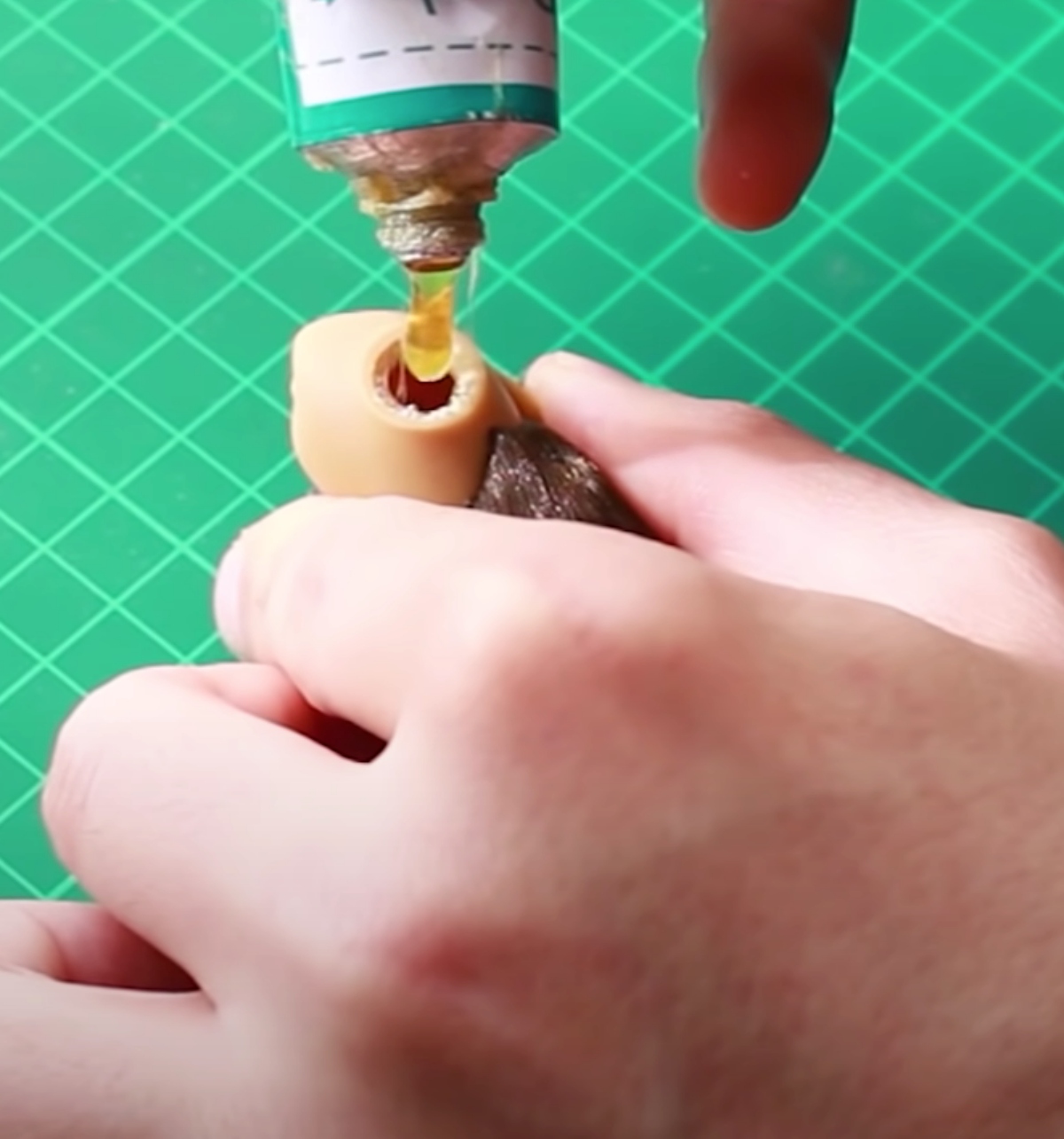
Then the new hair is cut to match the old hair and is set using boiling water and teeny tiny custom-made rollers. Once the hair is set it can be styled into the original swirl ponytail pattern. This particular doll is from 1964 and the fluffy bangs were long gone from Barbies by this point. However, later re-issues were also made.
The legs are sanded down to remove the scratches and the face is brought back to the correct color with the used of crushed soft pastel crayons rubbed into the face using a brush. These crayons are made from powdered pigments and a gum binder, which the vinyl absorbs without having to use a paint. The finish is much like the original look of the doll.
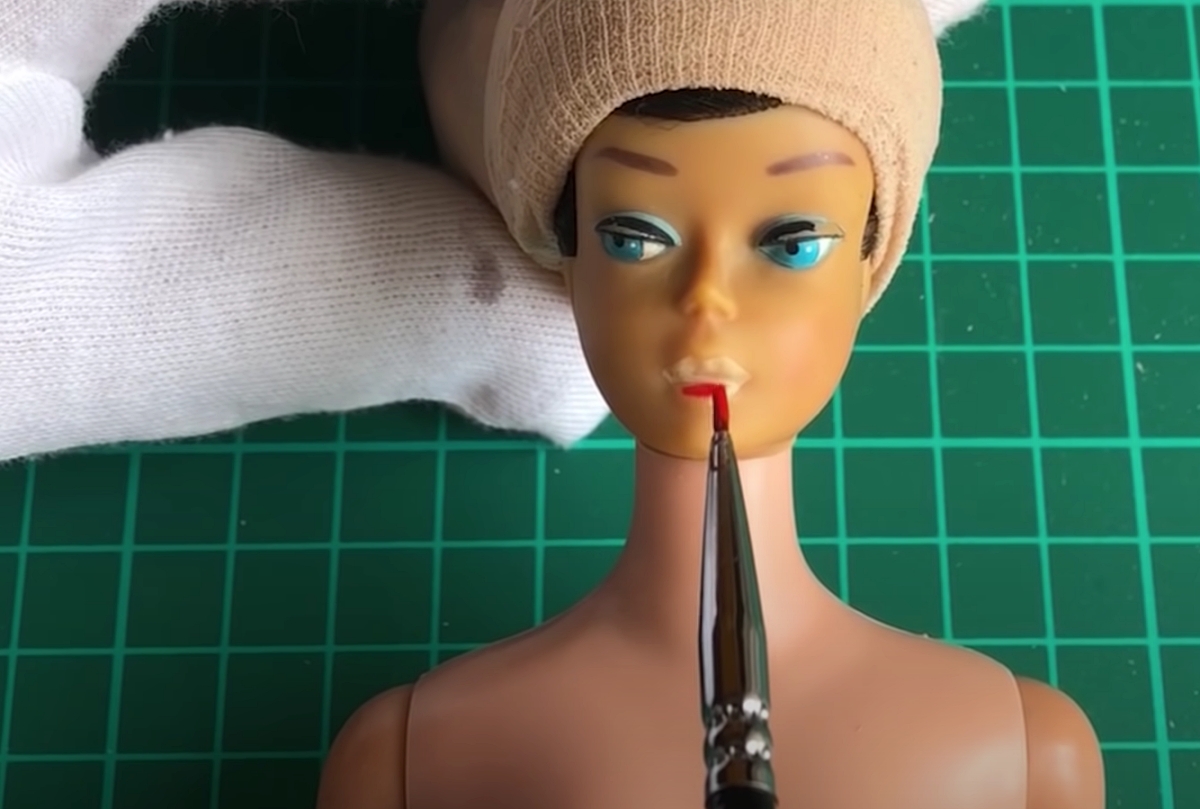
Then acrylic colors are used to re-do the lips, eyebrows, eye makeup, and nail polish. After that a varnish is applied over the features to keep them from chipping off again. The end result is really stunning as she looks almost like brand new! We love a good before and after- even if it’s “just” on a doll.

See every detail of how this doll comes back to life in the video below.
SKM: below-content placeholderWhizzco for DOT

